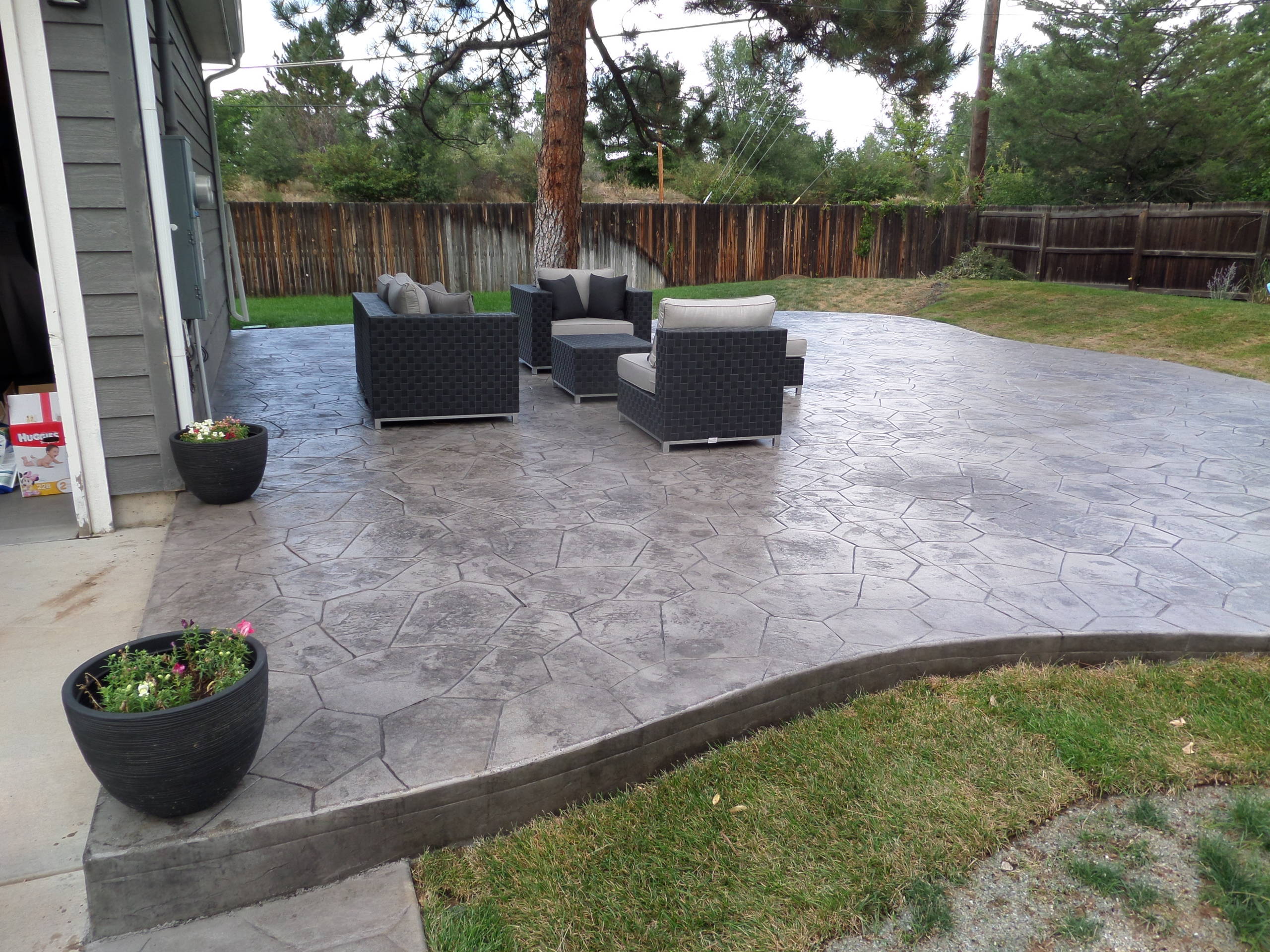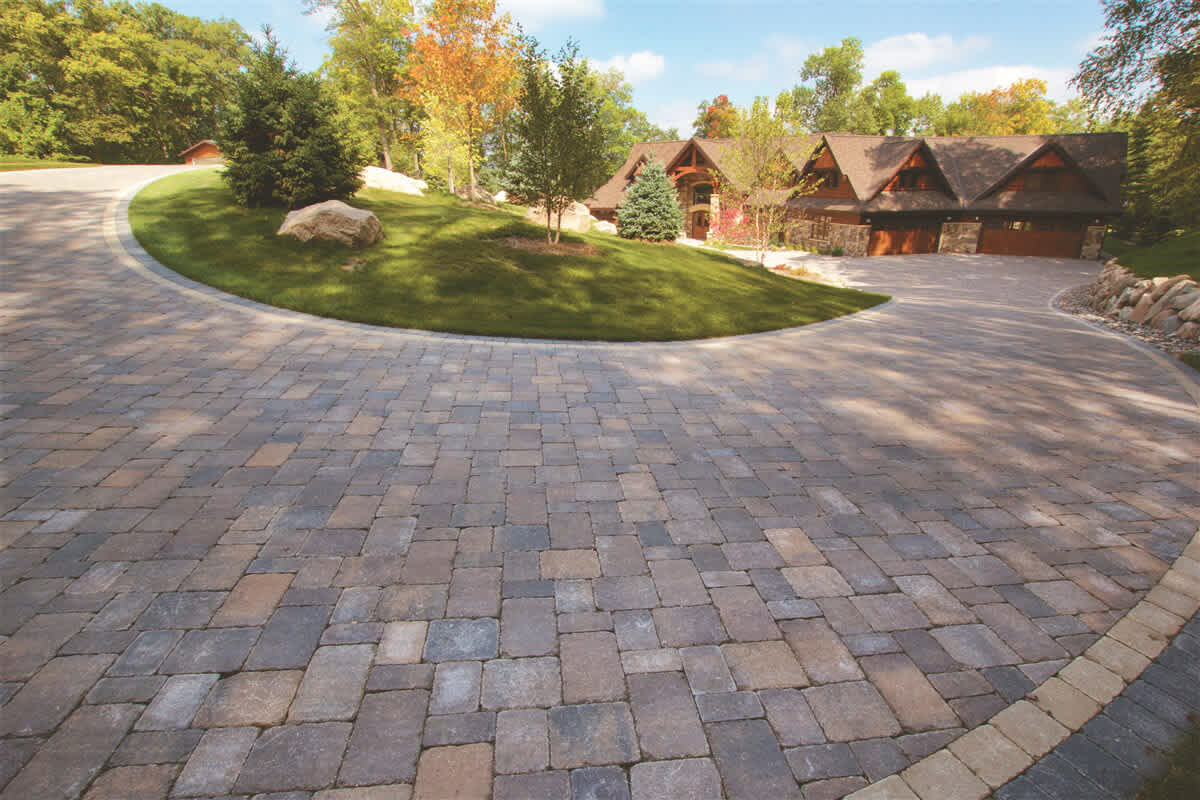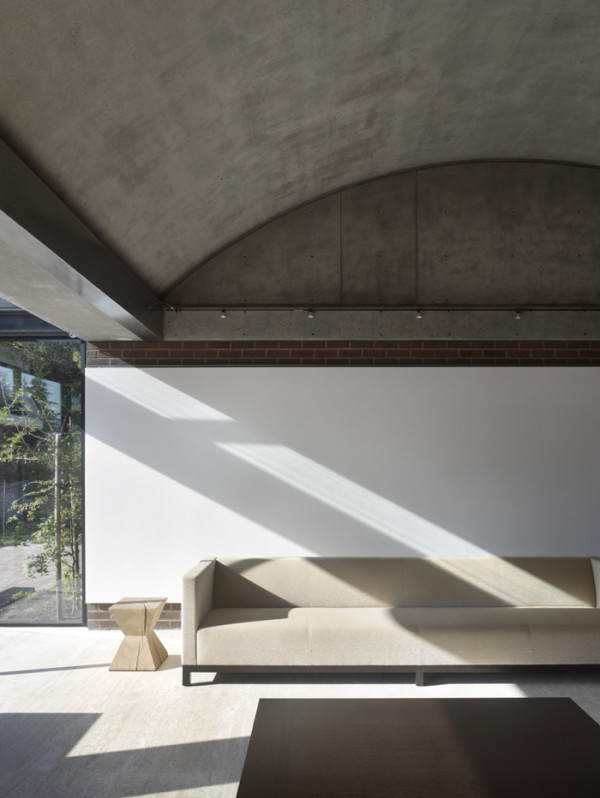Your Relied On Partner: Premier Concrete Contractor Supplies Top Quality Solutions
Your Relied On Partner: Premier Concrete Contractor Supplies Top Quality Solutions
Blog Article
The Longevity and Sophistication of Concrete Sidewalks
Past their durability, concrete pathways use a canvas for creative style and customization, raising the overall appearance of a neighborhood or business area. As we check out the detailed details of concrete pathways, it becomes noticeable that their beauty goes past mere performance, making them a fascinating subject of factor to consider for both professionals in the market and fanatics alike.

Advantages of Concrete Sidewalks
Enhancing pedestrian safety and aesthetic appeals, concrete walkways use a long lasting and aesthetically attractive option for metropolitan and country landscapes. Unlike some alternate materials that may degrade over time, concrete sidewalks have a lengthy life-span, calling for very little maintenance.
Additionally, concrete sidewalks are highly functional in regards to style. They can be personalized to match the surrounding environment, whether it be through various shades, structures, or patterns. This flexibility permits imaginative liberty in metropolitan planning and landscape design tasks, improving the overall aesthetic charm of the area.
Furthermore, concrete pathways are recognized for their low environmental influence. Concrete is a sustainable material that can be reused, decreasing waste and adding to eco-friendly building and construction methods. By choosing concrete pathways, communities can focus on both visual appeal and ecological responsibility in their framework jobs.
Design Options for Sidewalks
When taking into consideration design alternatives for walkways, it is vital to focus on both functionality and visual appeal in city planning and landscape design projects. Legendary Concrete Marietta. There are several layout choices readily available to enhance the aesthetic appeal and capability of sidewalks

Another choice is exposed aggregate concrete, where the leading layer is eliminated to disclose the aggregate beneath, developing a aesthetically interesting and textured surface that also supplies outstanding slip resistance. - Legendary Concrete Marietta
Colored concrete is a versatile choice that can be personalized to match the surrounding setting or develop visual interest. Integrating ornamental aspects like boundaries, racking up, or discoloration can better enhance the overall design of the sidewalk.
Maintenance Tips for Durability
To make sure the longevity and elegance of concrete sidewalks over time, proper maintenance is important in protecting their aesthetic appeal and structural integrity. Regular cleaning is basic in preventing dirt, particles, and discolorations from gathering externally. Straightforward jobs like sweeping or washing with a garden hose pipe can help maintain the look of the pathway. In instances where discolorations are consistent, moderate detergent and water can be used for rubbing. Securing the concrete every 2-3 years is likewise important to safeguard it from moisture penetration, freeze-thaw cycles, and chemical damages. This sealer helps in maintaining the shade and coating of the walkway while enhancing its resistance to damage. Furthermore, attending to any cracks or damages quickly is important to avoid more degeneration. Little cracks can be loaded with concrete caulk, while bigger damages might need professional repair to make certain the architectural stability of the sidewalk. By adhering to these maintenance tips faithfully, concrete walkways can keep their elegance and performance for years ahead.
Ecological Influence of Concrete
Concrete, a commonly made use of construction product, has significant environmental ramifications that warrant cautious consideration in contemporary framework projects. The manufacturing of concrete involves the extraction of raw products such as limestone and sand, adding to environment destruction and ecological community disruption. In addition, the manufacturing process releases a substantial amount of carbon dioxide, a greenhouse gas that adds to climate modification. Nonetheless, concrete's durability and longevity can balance out several of these ecological impacts. When correctly preserved, concrete frameworks can have a life-span of several years, lowering the demand for constant reconstruction and the connected resource consumption.
To reduce the ecological impact of concrete, lasting techniques such as utilizing different cementitious materials, integrating recycled accumulations, and optimizing mix styles are being significantly embraced. By implementing these methods, site web the construction market can continue to profit from the toughness of concrete while decreasing its total ecological footprint.
Future Fads in Sidewalk Building
Considering the developing landscape of lasting building and construction practices, the future trends in walkway building and construction are positioned to revolutionize the way concrete structures affect the atmosphere. One of the key patterns in walkway building is the boosted use recycled products. By incorporating materials such as recycled aggregates and additional cementitious materials like fly ash or slag, sidewalks can be created with a reduced carbon impact. In addition, the growth of absorptive concrete is obtaining grip in pathway construction. Permeable concrete allows water to go through, minimizing that site overflow and reducing the strain on stormwater management systems.
Another pattern imminent is the combination of smart technologies right into walkways. These innovations can include ingrained sensors for monitoring architectural health and wellness, pedestrian traffic circulation, or perhaps creating electrical energy with kinetic power. The fostering of prefabricated concrete sidewalk areas can simplify building and construction procedures, decreasing waste and construction time. As sustainability ends up being an increasingly essential facet of building and construction, these fads in walkway construction are likely to form the future of city facilities growth.

Final Thought
In conclusion, concrete link pathways use many benefits such as durability and style. Regardless of issues about its ecological effect, concrete remains a preferred option for sidewalks.
Unlike some different products that may weaken over time, concrete walkways have a long life-span, needing minimal upkeep.To ensure the longevity and sophistication of concrete sidewalks over time, correct maintenance is essential in protecting their aesthetic charm and structural honesty.Considering the advancing landscape of sustainable building and construction methods, the future fads in sidewalk building and construction are poised to reinvent the way concrete frameworks impact the atmosphere. Additionally, the development of absorptive concrete is obtaining traction in pathway construction. The fostering of premade concrete sidewalk sections can simplify construction procedures, reducing waste and building time.
Report this page